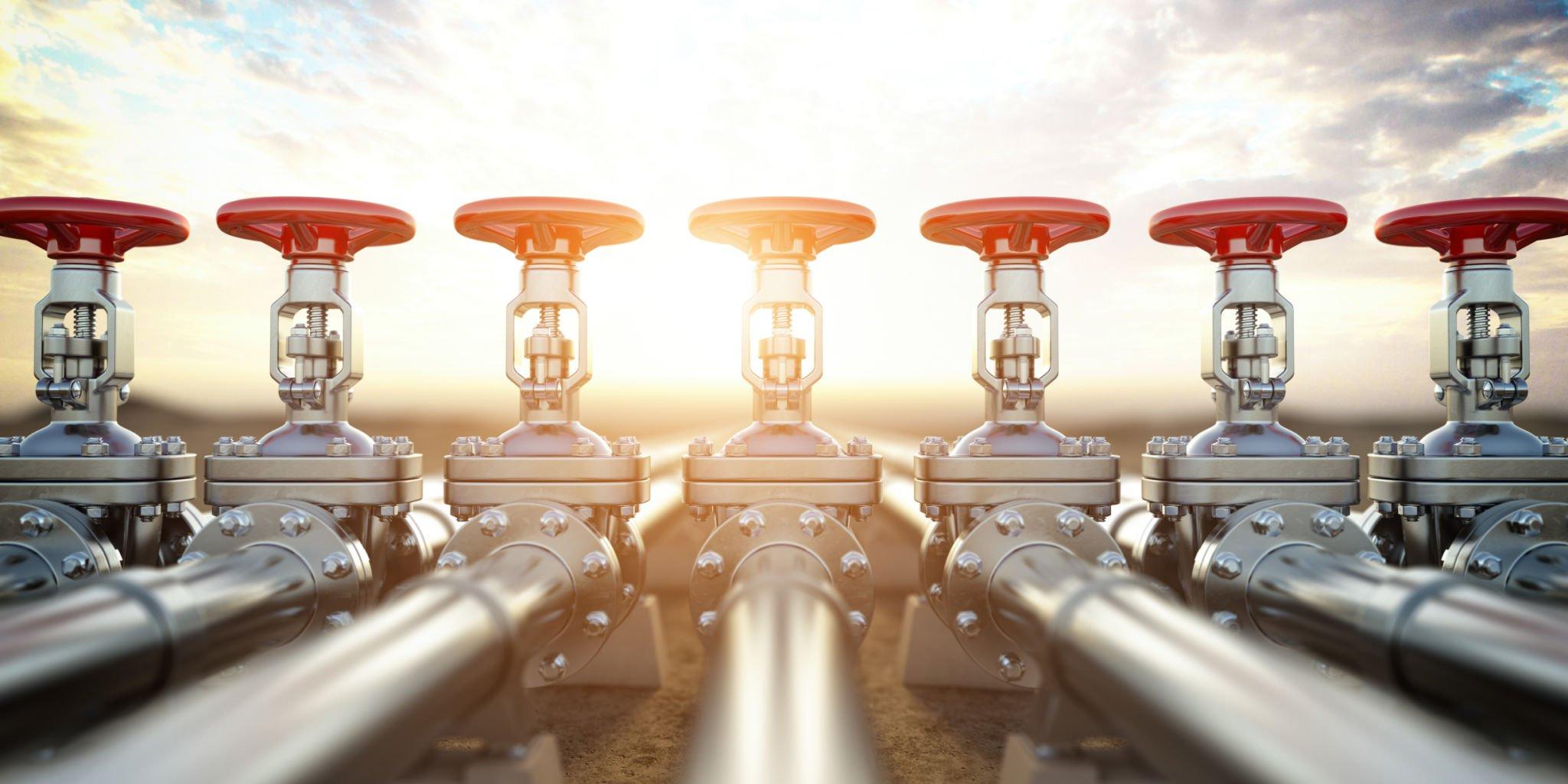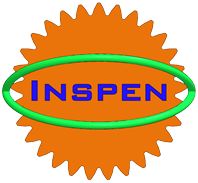
Regulating valves are essential components in industrial processes, serving a vital role in controlling the pressure of fluids or gases within a system. These valves ensure that the desired pressure levels are maintained, safeguarding equipment, optimizing performance, and ensuring safety.
One fundamental aspect of regulating valves is their ability to modulate flow. By adjusting the valve opening, operators can regulate the rate at which fluids or gases pass through a system. This control is crucial in numerous industries where precise pressure management is required, such as oil and gas refineries, chemical plants, and manufacturing facilities.
Regulating valves come in various designs to cater to specific applications. Common types include globe valves, butterfly valves, and diaphragm valves. Each type operates differently but shares the common objective of accurately controlling pressure levels. These valves use different mechanisms like sliding stems or rotating disks to allow for precise adjustments.
Furthermore, regulating valves play a significant role in maintaining system stability and preventing damage caused by excessive pressure. By limiting pressure within safe thresholds, these valves protect pipes from bursting or equipment from malfunctioning. This proactive approach not only ensures smooth operations but also mitigates potential hazards and reduces downtime due to repairs.
Unlocking Efficiency: Discover the Best Pressure Regulating Valves for Optimal Industrial Performance
Pressure Regulating Valves for Optimal Industrial Performance
One popular type of pressure regulating valve is the direct-acting valve. As the name suggests, these valves operate directly based on changes in pressure. They are highly responsive and provide accurate control, making them ideal for applications where precise regulation is required. With their ability to handle both low and high-pressure systems, direct-acting valves are versatile tools that can be used across various industries.
In contrast, pilot-operated valves offer enhanced performance in demanding industrial environments. These valves use a pilot circuit to control the main valve’s operation, allowing for greater flow capacity and higher-pressure handling capabilities. Pilot-operated valves excel in situations where there are significant fluctuations in inlet pressures or when precise control over large flow rates is necessary.
An emerging innovation in pressure regulating valves is the electronic control valve. Combining advanced technology with precision control, electronic control valves offer unparalleled accuracy and adaptability. These valves utilize sensors and feedback mechanisms to optimize their performance continuously. With their ability to adjust parameters on-the-fly, electronic control valves ensure maximum efficiency even as conditions change within an industrial system.
